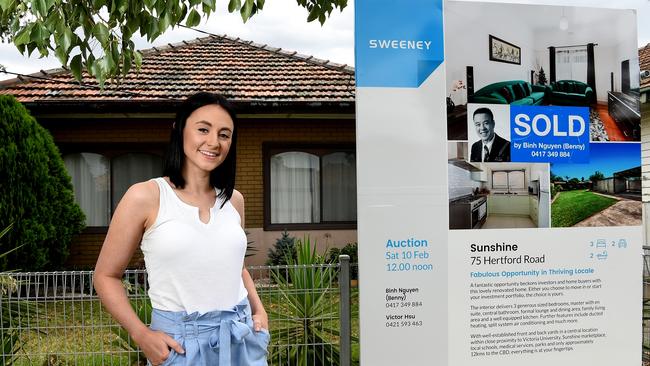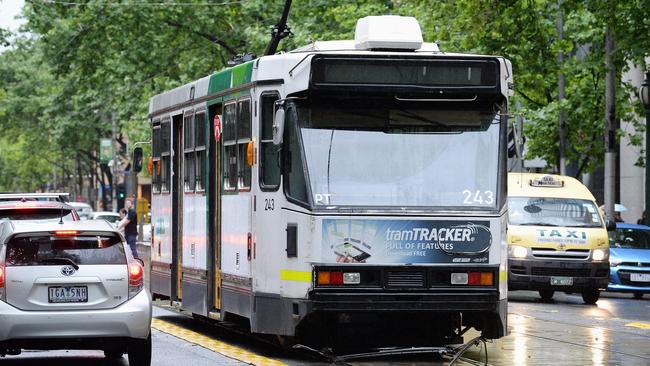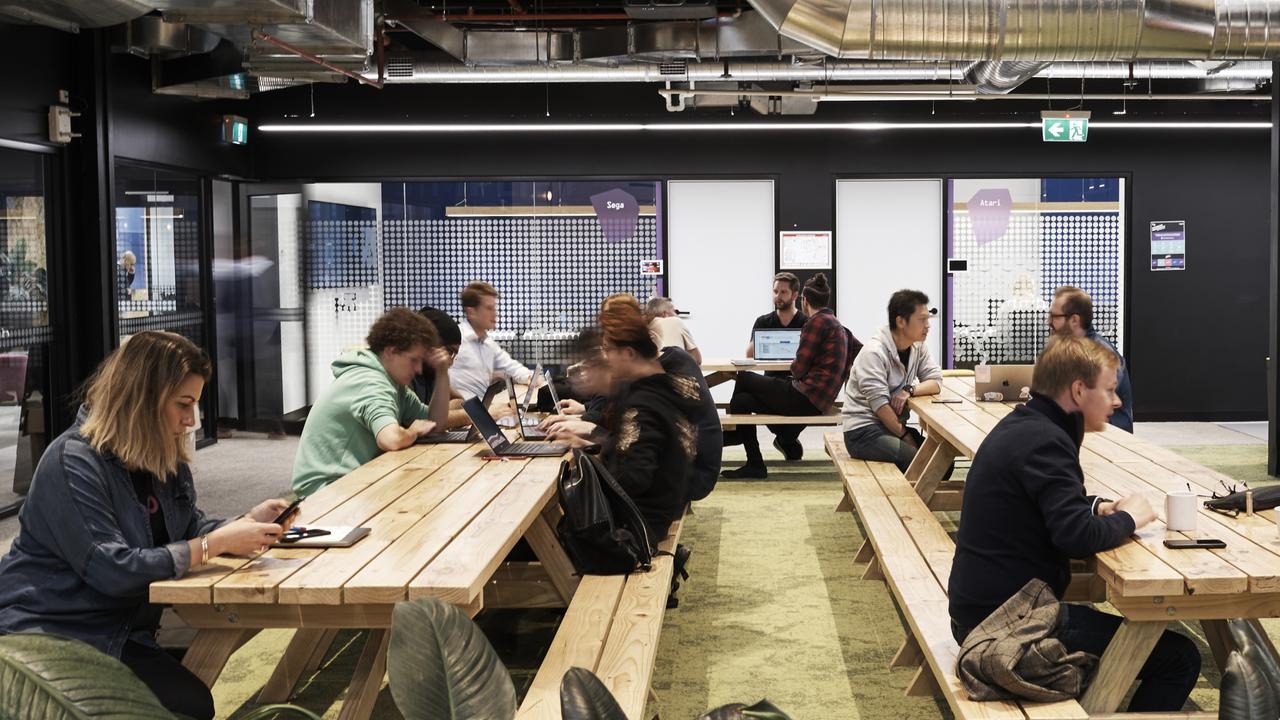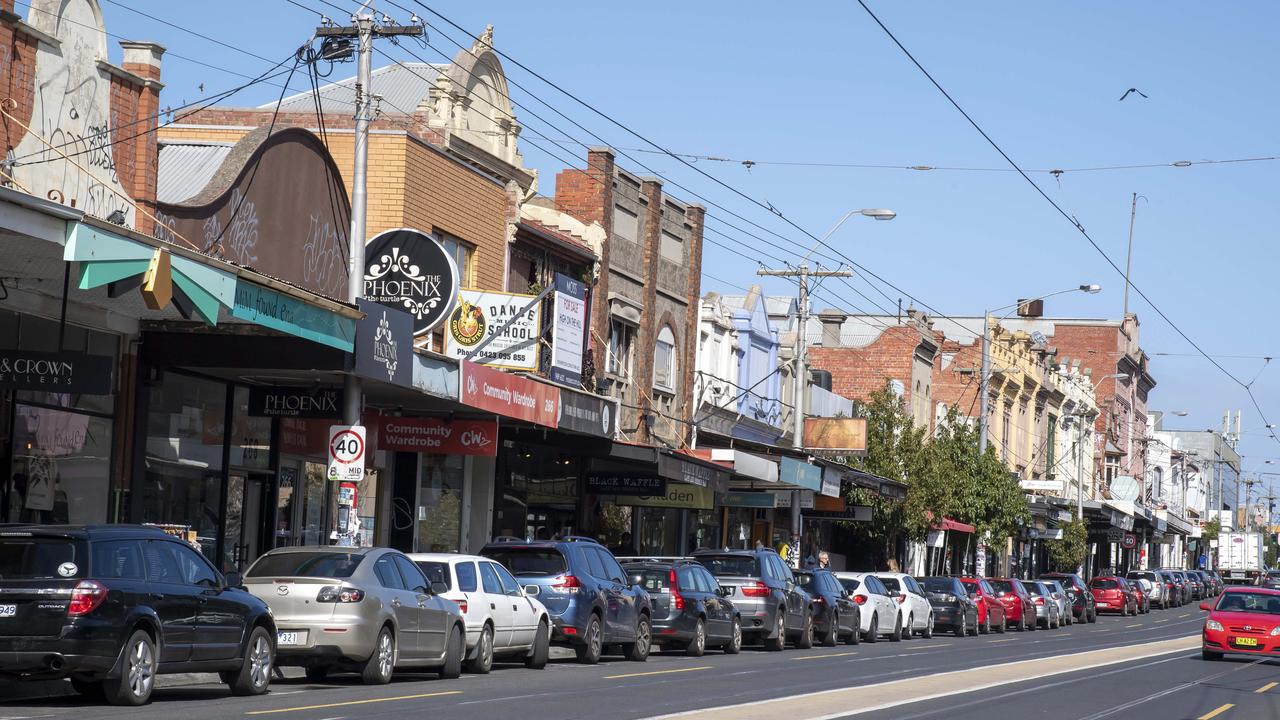Residents in suburbs with affordable housing plagued by high transport cost
SOME of Melbourne’s most affordable areas for housing become expensive places to live once transport costs are taken into account, a new study shows. This is how much it costs to live in — and commute from — an “affordable” suburb.

Future Victoria
Don't miss out on the headlines from Future Victoria. Followed categories will be added to My News.
SOME of Melbourne’s most affordable areas for housing become expensive places to live once transport costs are taken into account, a new study shows.
A “new affordability measure” shows 45 per cent of Melbourne areas are now unaffordable.
LIVE, WORK, PLAY: HOW DOES YOUR SUBURB RATE?
HOW TO TRANSFORM THE WEST INTO THE BEST
Households in suburbs such as Sunshine North and Broadmeadows have houses well under the city average, but residents are plagued by sky-high transport costs.
This means average house prices of $500,000 to $600,000 attract lower-income buyers, who end up paying more than 60 per cent of their incomes in house and transport costs.
The Monash University study was led by Dr Meead Saberi from the Institute of Transport Studies.

“Living in the outer areas away from the CBD in Melbourne metropolitan area does not necessarily reduce the cost of living. Once the cost of transportation is factored in, the outer suburbs become less affordable while inner areas become more affordable,” Dr Saberi said.
His study shows outer-Melbourne areas such as Riddells Creek, Kinglake and Wallan have the city’s highest transport costs at $383 a week.
NEXT CHAPTER ‘CRITICAL’ FOR MELBOURNE
THE PARK THAT WOULD CHANGE THE FACE OF THE DOCKLANDS
This takes into account the cost of buying and running cars and catching public transport. This compares to Carlton, which has average weekly transport costs of $148, and inner Melbourne, which is $143.
“Once commuting costs are factored in, a different pattern of affordability emerges. Commuting cost has a large impact on location affordability,” Dr Saberi said.
The analysis shows popular leafy outer-suburban areas also have high transport costs, increasing the cost of living for their residents.
Areas where housing and transport accounts for 50 to 60 per cent of a household’s weekly budget include Gisborne, Greenvale, Yarrambat, Berwick, Narre Warren North and Macedon.
Realestate.com.au chief economist Nerida Conisbee said the “most desirable suburbs do have great public transport, great schools and great retail and this is part of what adds to the cost”.
“Those in the market in less-desirable suburbs may find they have additional expenditure,” she said.
Director of Sweeney Real Estate Agents, Benny Nguyen, said areas such as St Albans and Sunshine were still affordable as well as being close to the city.
Amanda Lai, 30, bought in Sunshine three years ago for $495,000 and sold through Mr Nguyen for $790,000.
She is now further out in Hillside. “But our travel time is much longer and on public transport, it is two zones, not one,” she said.
THE COST OF HOUSING AND TRANSPORT
46-50% OF INCOME: Macedon, Kinglake, Koo Wee Rup, Bunyip, Garfield, Cockatoo, Wandin, Seville, Monbulk, Silvan, Chirnside Park, Cranbourne, Hallam, Mount Eliza, Frankston South, Frankston North, Mooroolbark
50-60% INCOME: Yarra Valley, Healesville, Yarra Glen, Hastings, Werribee, Rock Bank, Mount Cottrell, Dandenong, Keysborough, Epping, Roxburgh Park
60% OR MORE OF INCOME: Warrandyte, Wonga Park, Park Orchards Source: Monash University



